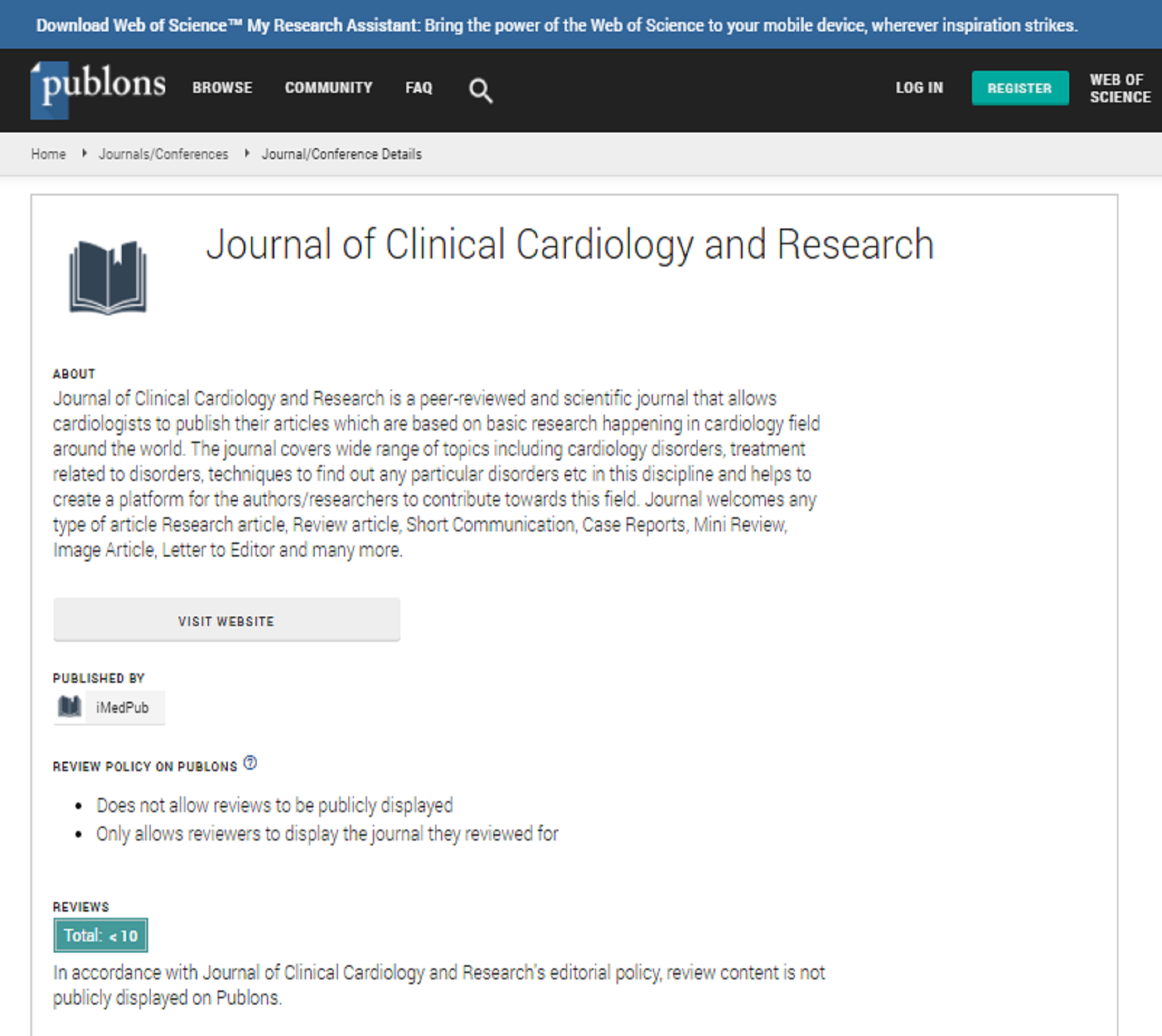Abstract
Carvajal Syndrome: A Rare Variant of Naxos Disease
Introduction: Carvajal syndrome additionally recognized as ‘Striate palmoplantar keratoderma with woolly hair and cardiomyopathy is a cutaneous situation inherited in an autosomal recessive sample due to a defect in desmoplakin gene. The pores and skin sickness affords as a striate palmoplantar keratoderma mainly at web sites of pressure. The affected person is at danger of surprising cardiac loss of life due to dilated cardiomyopathy related with this entity. A variant of Naxos disease, said as Carvajal syndrome, has been described in households from India and Ecuador. Clinically, it gives with the equal cutaneous phenotype and predominantly left ventricular involvement. Case Report: 11 years historic boy introduced with cough, breathlessness and convenient fatigue capacity for three months duration. On typical examination the pt had high-quality brittle lusterless scalp hair, pallor, stomatitis, keratotic pores and skin over palm, sole and decrease half of each decrease limbs. Pt has tachycardia with HR 140/min, RR 40/min, BP 80/60 mmhg, SPO2 72%, raised JVP, with B/L basal crepitation’s, S3 gallop present. Echocardiographic examination published a dilatation of the proper and left ventricles with a left ventricular ejection fraction of 35% and biventricular trabecular configuration, predominantly of the left ventricle and additionally grade I tricuspid and Mitral valve insufficiency. Patient used to be dealt with with diuretics, beta-blockers’ and ACE inhibitors. Carvajal syndrome additionally recognized as ‘Striate palmoplantar keratoderma with woolly hair and cardiomyopathy is a cutaneous circumstance inherited in an autosomal recessive sample due to a defect in desmoplakin gene. The pores and skin disorder gives as a striate palmoplantar keratoderma specially at web sites of pressure. The affected person is at threat of unexpected cardiac demise due to dilated cardiomyopathy related with this entity. A variant of Naxos disease, reported as Carvajal syndrome, has been described in households from India and Ecuador. Clinically, it offers with the equal cutaneous phenotype and predominantly left ventricular involvement. NAXOS SYNDROME CARVAJAL SYNDROME Arrhythmogenic right ventricular dysplasia.1 Left ventricular involvement Deletion in the plakoglobin gene Mutations of the desmoplakin gene Clinically manifests in adolescence. Patients may develop progressive heart disease involving the right or both ventricles. Symptoms of right heart failure are found in the final stages when the right or both ventricles are severely affected.1 Clinically apparent earlier during childhood as DCM. Fifty percent of affected patients develop heart failure, and most of them die during adolescence. ECG: inverted T waves in V1 - V3 or QRS complex prolongation in leads V1 -V3, Epsilon waves, and complete or incomplete RBBB. ECG: low voltage and intraventricular conduction defects. T-wave inversion in V1, V2, or V3 or extended to V5 observed.2 Cardiac histology reveals the characteristic loss of the right ventricular myocardium with fibrofatty replacement Cardiac histology of the Carvajal disease shows areas of extensive myocardial loss and replacement with fibrosis that is very similar to arrhythmogenic right ventricular dysplasia/cardiomyopathy pathology but without the fatty component.4 The affected members of both syndromes have woolly hair at birth, whereas palmoplantar keratoderma appears during the first year of life, when infants start using their extremities.3 This work is partly presented at 2nd World cardiology Experts Meeting at September 21-22, 2020, Webinar Vol.3 No.1 Extended Abstract Journal of Clinical Cardiology and Research 2020 Discussion: Naxos disease was first described by Prothonotaries et al. in families originating from the Greek island of Naxos. It is caused by a recessive mutation in desmoplakin, which maps to 17q21 gene, an intracellular protein that links desmosomal adhesion molecules to intermediate filaments of the cytoskeleton. Patient usually presents with Woolly hair since birth; palmoplantar keratosis develops during first year of life and cardiomyopathy (Rt.ventricular) in adolescence. A particular mutation that truncates the intermediate filamentbinding site of desmoplakin results in a variant of Naxos disease with predominantly left ventricular involvement, early morbidity and clinical overlapping with dilated cardiomyopathy has been described by Kaplan et al. from Ecuador as Carvajal Syndrome. It is a progressive heart disease and may cause sudden death in a child with early age. Whenever a child presents with such a dermatological manifestation, the pediatric cardiologist’s consultation must be done at earliest possible. The differences between Naxos syndrome and Carvajal syndrome is depicted in. The primary goal of the management is to prevent sudden cardiac death. Implantation of automatic cardioverter defibrillator, antiarrhythmic drugs and management of heart failure are the recommended treatment modalities. The population at risk should be genetically screened. Conclusion: The cardiomyopathy in Naxos syndrome and Carvajal cardio cutaneous syndromes presents with increased arrhythmogenicity and variable left ventricular involvement and is characterized histologically by myocardial loss with fibrofatty or fibrous replacement at subepicardial and medio mural layers. The clinical heterogeneity and tissue characteristics in this cell-adhesion cardiomyopathy might be mutation specific and leads to consideration that the spectrum of ARVC should be broadened.
Author(s): Madhu KJ
Abstract | PDF
Share This Article
Google Scholar citation report
Journal of Clinical Cardiology and Research peer review process verified at publons
Abstracted/Indexed in
- Google Scholar
- Publons
Open Access Journals
- Aquaculture & Veterinary Science
- Chemistry & Chemical Sciences
- Clinical Sciences
- Engineering
- General Science
- Genetics & Molecular Biology
- Health Care & Nursing
- Immunology & Microbiology
- Materials Science
- Mathematics & Physics
- Medical Sciences
- Neurology & Psychiatry
- Oncology & Cancer Science
- Pharmaceutical Sciences

